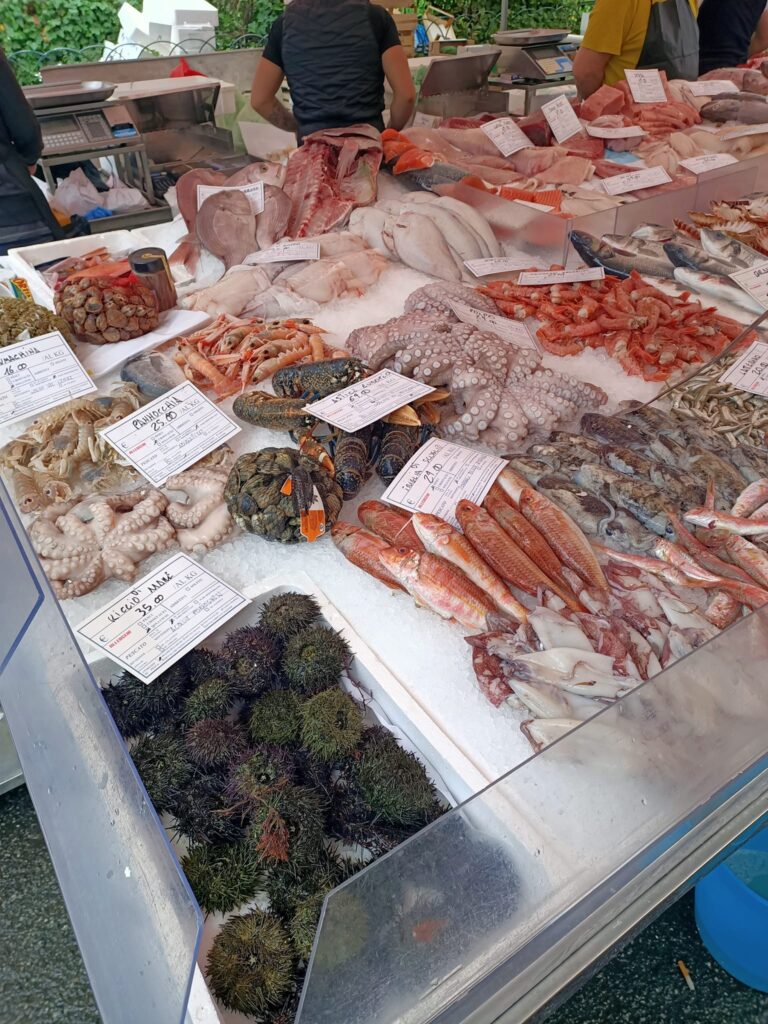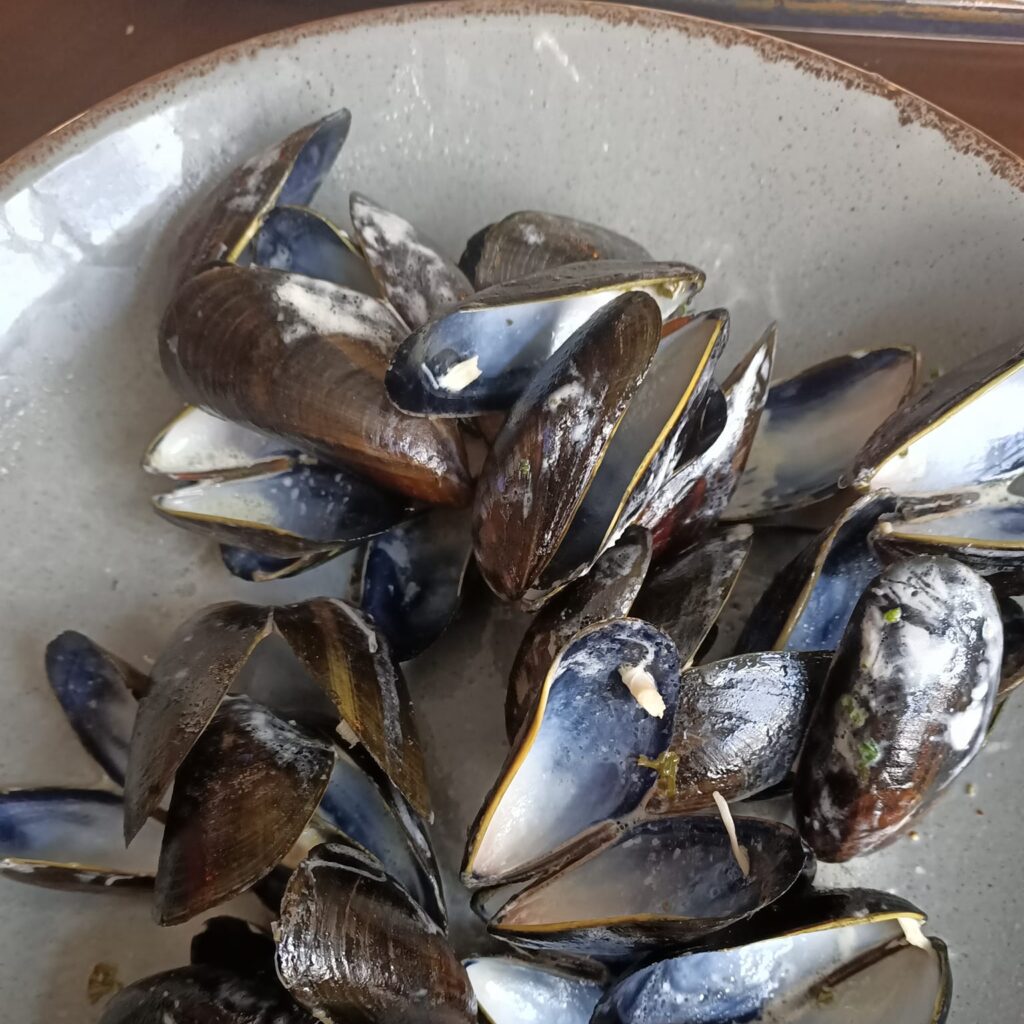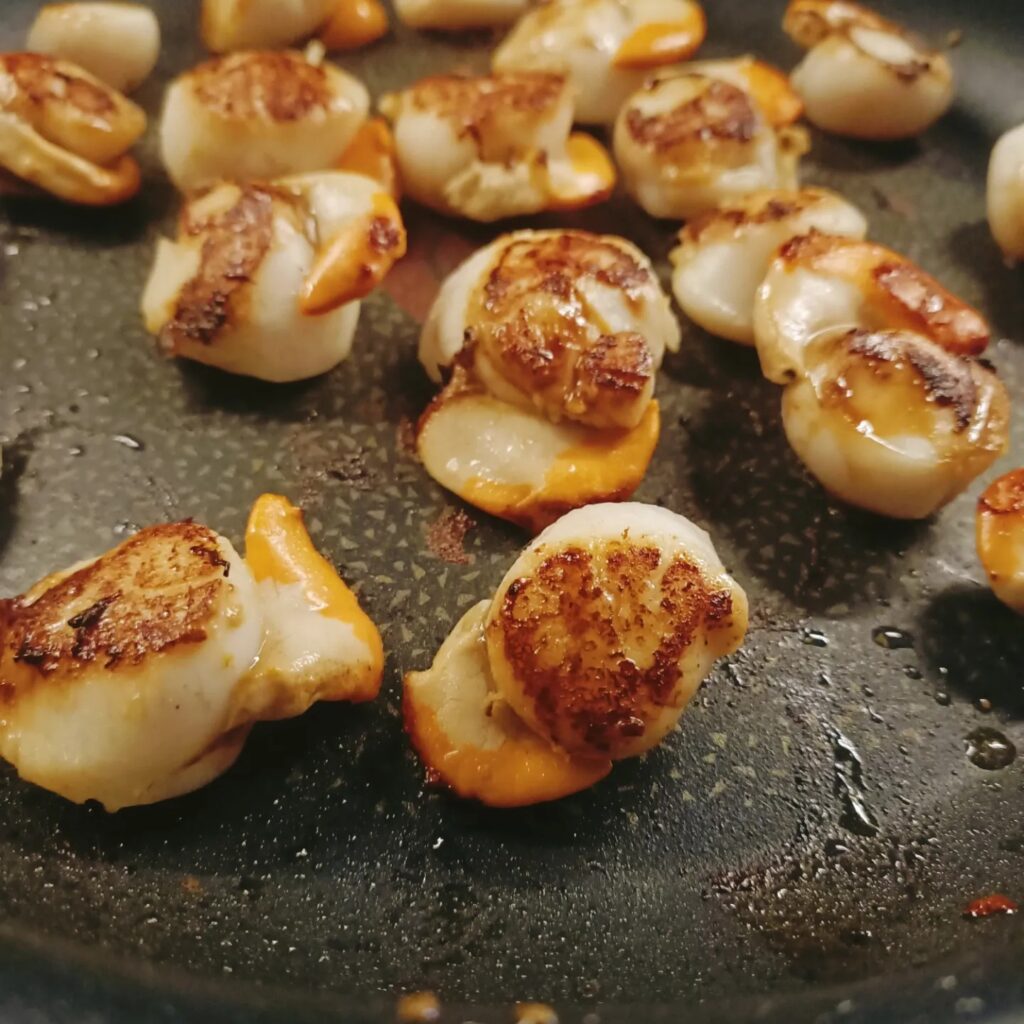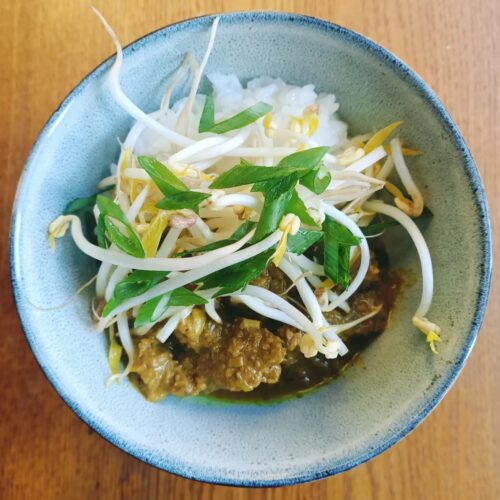Saltwater Memories and Seafood Suppers
I never used to cook a lot of seafood at home. I didn’t need to; if I wanted a delicious seafood meal, I’d just visit my parents. It took until I was in my forties to really start cooking seafood at home on a regular basis. Pan-frying the odd fillet…






